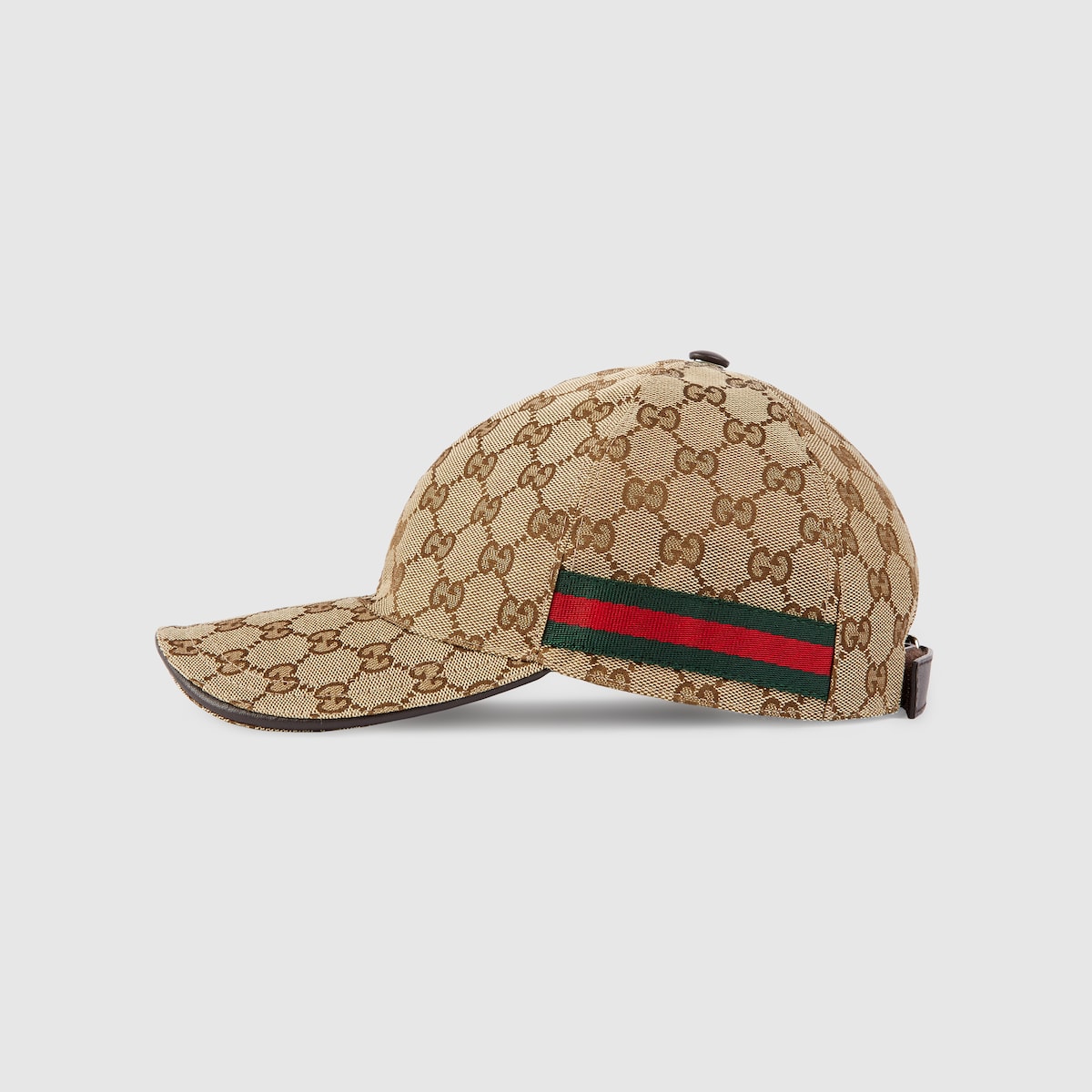Original GG Canvas Baseball Hat With Web | GUCCI® Australia
A classic baseball cap shape in Original GG canvas with Web detail. The Web was first developed by Gucci in the ’50s, and instantly became the hallmark of a cultured club.
A classic baseball cap shape in Original GG canvas with Web detail. The Web was first developed by Gucci in the ’50s, and instantly became the hallmark of a cultured club.
-
- Beige/ebony Original GG fabric with green and red Web and brown leather trim
- Cotton lining
- Adjustable hook-and-loop closure on back
- Made in Italy
- 68% polyester 16% cotton 16% polyamide; 100% polyamide (details); 100% cotton (lining); 50% cotton 50% viscose (interior); contains non-textile parts of animal origin
Gucci products are made with carefully selected materials. Please handle with care for longer product life.
- Cleaning by a professional only






Reviews
There are no reviews yet.